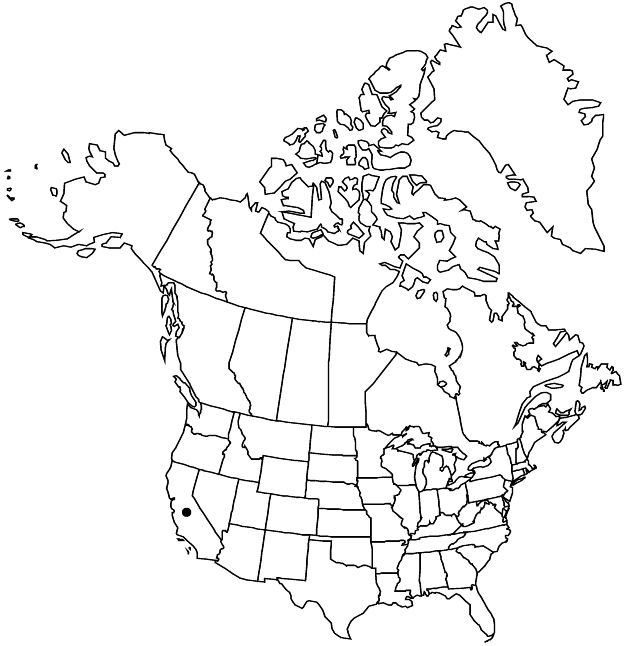Difference between revisions of "Bryonia dioica"
Fl. Austriac. 2: 59, plate 199. 1774.
FNA>Volume Importer |
imported>Volume Importer |
||
| (6 intermediate revisions by 2 users not shown) | |||
| Line 16: | Line 16: | ||
|name=Bryonia cretica subsp. dioica | |name=Bryonia cretica subsp. dioica | ||
|authority=(Jacquin) Tutin | |authority=(Jacquin) Tutin | ||
| + | |rank=subspecies | ||
}} | }} | ||
|hierarchy=Cucurbitaceae;Bryonia;Bryonia dioica | |hierarchy=Cucurbitaceae;Bryonia;Bryonia dioica | ||
| Line 31: | Line 32: | ||
|elevation=0–100 m | |elevation=0–100 m | ||
|distribution=Calif.;Europe;w Asia;n Africa;introduced also elsewhere in Europe (Czech Republic;England);Pacific Islands (New Zealand). | |distribution=Calif.;Europe;w Asia;n Africa;introduced also elsewhere in Europe (Czech Republic;England);Pacific Islands (New Zealand). | ||
| − | |discussion=<p>Naturalized plants of Bryonia dioica were first collected in Golden Gate Park in San Francisco in 1919 and 1920 and have been recollected as recently as 1965. C. Jeffrey (1969) noted that the glandular inflorescences of B. dioica distinguish it from B. cretica.</p> | + | |introduced=true |
| + | |discussion=<p>Naturalized plants of <i>Bryonia dioica</i> were first collected in Golden Gate Park in San Francisco in 1919 and 1920 and have been recollected as recently as 1965. C. Jeffrey (1969) noted that the glandular inflorescences of <i>B. dioica</i> distinguish it from B. cretica.</p> | ||
|tables= | |tables= | ||
|references= | |references= | ||
| Line 40: | Line 42: | ||
-->{{#Taxon: | -->{{#Taxon: | ||
name=Bryonia dioica | name=Bryonia dioica | ||
| − | |||
|authority=Jacquin | |authority=Jacquin | ||
|rank=species | |rank=species | ||
| Line 56: | Line 57: | ||
|publication year=1774 | |publication year=1774 | ||
|special status=Introduced | |special status=Introduced | ||
| − | |source xml=https:// | + | |source xml=https://bitbucket.org/aafc-mbb/fna-data-curation/src/2e0870ddd59836b60bcf96646a41e87ea5a5943a/coarse_grained_fna_xml/V6/V6_12.xml |
|genus=Bryonia | |genus=Bryonia | ||
|species=Bryonia dioica | |species=Bryonia dioica | ||
Latest revision as of 23:19, 5 November 2020
Vines dioecious, high-climbing. Leaves: petiole 2–4.5 cm; blade orbiculate to ovate or 3–5-angular, palmately 5-lobed, 3–5 × 3–6 cm, lobes deltate to triangular, central lobe largest, base cordate, margins remotely dentate, surfaces hispidulous. Flowers: calyx campanulate; sepals green, deltate, 0.5–1 mm; petals white to cream or yellowish green, ovate-lanceolate, 3–5 mm; stigmas hairy. Fruits 1 or 3–4(–5), red to orange, 0.6–0.8 cm, peduncles (0–)1–5 cm. Seeds 3–6, 3 × 2 mm. 2n = 20.
Phenology: Flowering Jun–Aug.
Habitat: Disturbed places
Elevation: 0–100 m
Distribution

Introduced; Calif., Europe, w Asia, n Africa, introduced also elsewhere in Europe (Czech Republic, England), Pacific Islands (New Zealand).
Discussion
Naturalized plants of Bryonia dioica were first collected in Golden Gate Park in San Francisco in 1919 and 1920 and have been recollected as recently as 1965. C. Jeffrey (1969) noted that the glandular inflorescences of B. dioica distinguish it from B. cretica.
Selected References
None.